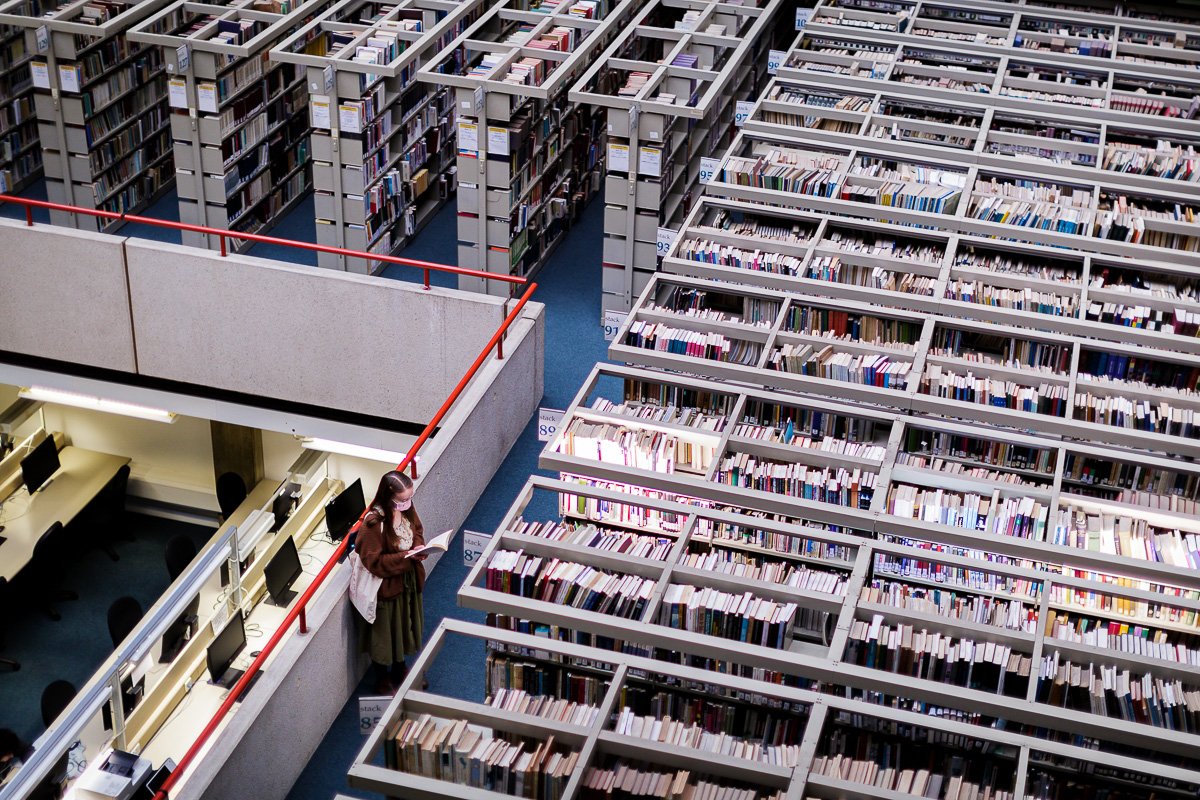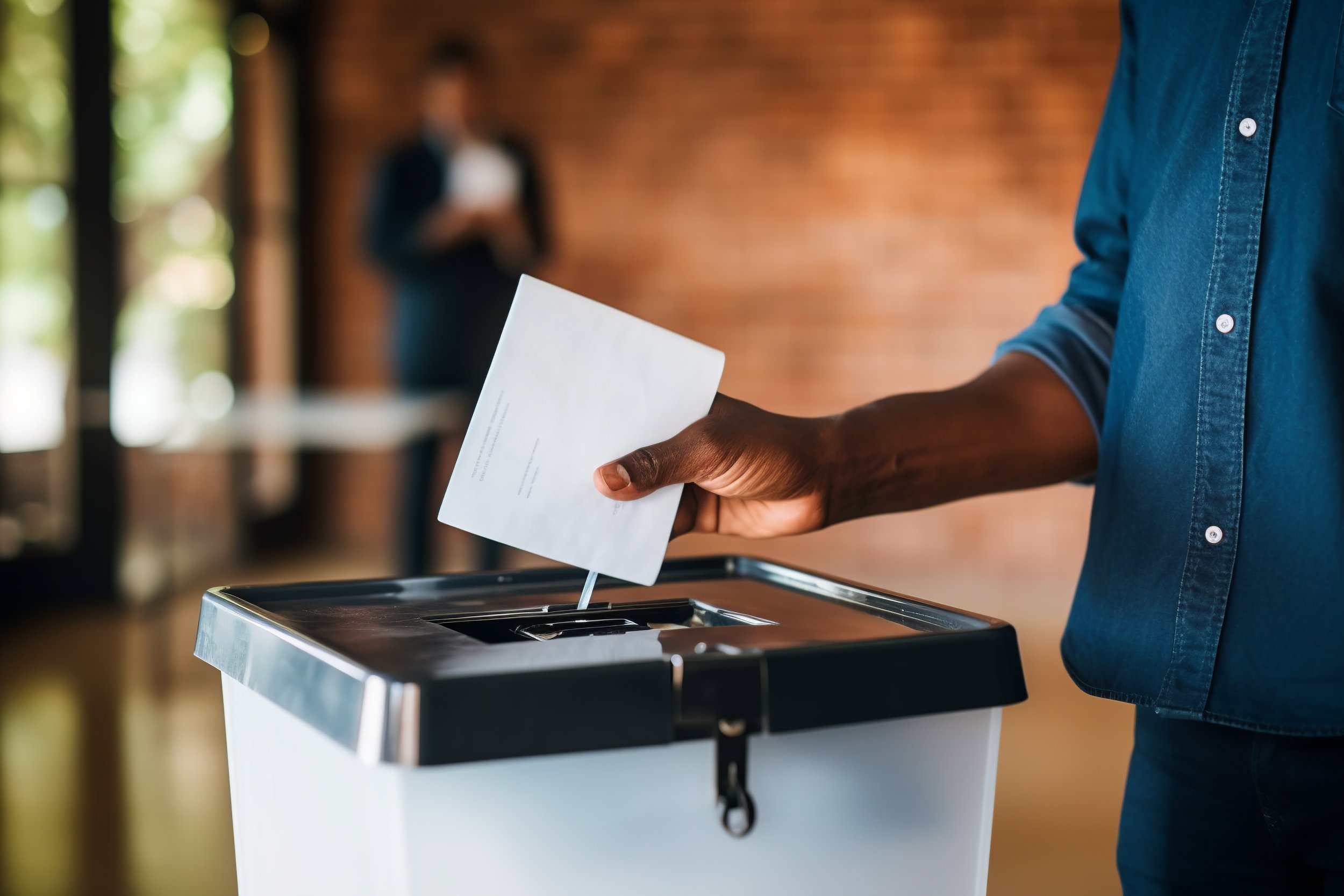
The Library at the heart of SOAS
When alumni look back on their student days, there are many competing visions for what makes SOAS the place it is: the lively, engaged political spirit, Thiruvalluvar sitting serenely amid the crowds, queuing up for a Hare Krishna lunch, and the amazing mix of people, languages and cultures on campus.
Out of all the fond memories, there is one place that everyone remembers with great fondness, the SOAS Library. Often referred to as the heart of SOAS, every student and academic uses the Library and at times it can feel like you live there when you’re deep in research and study.
Indeed for many, the Library was a key reason they came to SOAS as it is one of the world’s most important academic libraries for the study of Asia, Africa and the Middle East and custodian of some unique, priceless and extraordinary collections. This is brought alive by a skilled team of librarians who enable students and researchers to use the information in incredible ways.
As the Library is celebrating its 50th anniversary this year, it is fitting that SOAS World looks back at its beginnings, that we take a glimpse into a few of its treasures, and that we consider its future and how we can ensure that it grows to meet the demands of the 21st century.
A brief history of SOAS Library
SOAS was founded in 1916 and straight away began to build its library collection. The heart of this came from the old London Institution Library, and as a member of the University of London, there were deals with other member colleges such as UCL and King’s where books SOAS had that didn’t relate to the specialist areas of Africa, Asia and the Middle East were offered to other libraries in exchange for their books which did. This targeted collecting helped make SOAS Library the key centre for the study of these regions.
Some of these foundational materials are amongst the most important in the Library today, such as the William Marsden Collection. Marsden was a collector and a great scholar who built an extensive library on languages and linguistics. His collection relating to Asian languages was presented to SOAS in 1918 and continues to be a significant resource.
Although the library collections date back to the foundation of the School, the library building we love opened 50 years ago. Designed by Sir Denys Lasdun – the lauded, most influential architect of post-war Britain, and occasionally loathed designer of such other iconic buildings as the National Theatre and the Royal College of Physicians. His brutalist design is a Grade II listed building and remained unchanged until 2006, when John McAslan created the extension to the north and east terraces to expand study area.
The miles of shelving hold over 1.3 million items from the original collection of 500,000. When it was originally built, SOAS had only around 1,000 students, but today, with over 6,000 and growing, as well as external academics, researchers, and others using the incredible collections, there are over 1,000 visits to the Library every day. In fact, there are now as many doctoral students as those that made up the entire student body when the Library was first commissioned. To enable access to our collections we now have an extensive digital collection, with over 1,132,688 digital library users from 205 countries as far as East Timor and Micronesia.
The Library has been led over its lifetime by many distinguished Librarians. Our current Chief Librarian Dr Rookaya Bawa, joined after a long and distinguished career in public and academic libraries in South Africa, and heading up the Carnegie library programme in the US and globally, and is excited to launch a new and bold vision for our SOAS Library.
What makes SOAS Library special?
SOAS Library collections are unmatched anywhere in the UK and arguably in Europe or North America due to the range of the library’s resources. Scholars from around the world visit us. Because of our mandate and specialisation in Africa, Asia, and the Middle East, we are one of the UK’s five designated National Research Libraries, so if you are a scholar in any of these fields, SOAS is the natural home.
Within the specialisations, the collections have enormous breadth and range, not just in topics, but because SOAS has actively collected materials, there are unusual publications which most other UK or European institutions wouldn't have, even in other teaching and research libraries.
The main library holdings are on the broad regional expertise, but within special collections, there has been a focus on British engagement with Africa, Asia and the Middle East. There are key areas of strength, which separate SOAS Library from other archives: the collection of missionary organisation records, the records of NGOs and campaign groups, and extensive business records from the regions, notably those from the Swire Group.
Although they are important archives in their own right, the magic of the library is that its collections can support many different research questions. Researchers think laterally about the types of information they’re after and where it might be housed and use archives to pursue different research avenues.
An interesting example of this is a group of scientists who were trying to construct historical meteorological patterns in southern Africa, so they examined correspondence from missionaries – it was before there were official records and published weather reports. Going through the missionaries’ diaries and letters, there were often references to the weather especially to big seasonal changes: when the winds began, when the crops were harvested or if there was a heavy rainy season. They could derive enough data from that correspondence to use in their scientific study.
That’s not why the missionaries were keeping those records, but it shows that inventive and lateral thinking about research topics and what sources may exist can lead you to unexpected places.
SOAS Library also holds around 3,000 manuscripts in over 140 different languages. In this context, manuscript is literally a handwritten text, but not a private diary or notebook, something which is intended to be circulated from a pre-print tradition. These manuscripts range from objects intended for daily use such as an atlas in Arabic, through to illustrated artworks and high status objects such as Anvār-i Suhaylī or the Lights of Canopus, to our palm leaf manuscripts. There are many religious texts, but also works of philosophy, poetry, drama, literature, history, astronomy and jurisprudence; a very diverse collection.
Along with the manuscripts, SOAS Library holds around 65,000 rare books, meaning that there are very few other copies in the UK or worldwide. Analysis of the East Asian rare books showed that a high proportion are only known to exist in two or three copies worldwide.
There are hundreds of languages represented, including European languages, showing how European perspectives changed over the centuries and what level of knowledge and understanding was being circulated within Europe at any point.
There is a wide variety, from cheap, ephemeral publications, some of which are 20th Century, but because they were cheap and ephemeral they were not necessarily things being collected or which survive, to 14th century early printing which would have been expensive when new. An example of the former is the collection of Hausa popular literature; small, inexpensive and brightly coloured paperbacks from the 1990s donated by Professor Furniss who taught Hausa at SOAS for many years.
Our vision for SOAS Library
In the last 50 years, demand for the SOAS Library has increased enormously. Where once the library served 1,000 students, there are now over 6,000. The library welcomes more than 350,000 visitors each year, and there are millions more who access materials online.
The success and reputation of the Library and indeed the ‘years of love’ have unsurprisingly taken their toll on the building and infrastructure, and we need to adapt, repair and renew to make SOAS Library fit for the needs of the 21st century.
Vital work is needed to improve the existing structure such as repairs to the building along with upgrades to lighting, heating, ventilation and furniture. With an eye on the future and achieving our net zero targets, these crucial upgrades will also improve our energy efficiency, reduce our running costs, and meet our mission to advance the reputation of the SOAS Library as a destination and ensure sustainability not just for today, but for future generations and in tandem protect the collections we hold.
We have developed a bold, re-imaging of the library to be introduced over five years to address these challenges of the building fabric and importantly unlocking access to the SOAS Library, by transforming it into a more welcoming and user-friendly space. We will create a new dedicated entrance rather than the way through the main building we are all used to. This will improve accessibility and a new helpdesk will allow for more personalised support.
A dedicated disability hub for more inclusive access to the Library will be created and a central events space enabling new ways to share our incredible collections. Many of our users are requesting more study spaces which will be a priority in this project. There will also be new research, training and learning spaces, complemented by a dedicated ‘maker hub’ giving access to new technology such as 3D printers.
Re-organisation of the Library will also see a dedicated floor for each of our specialist areas: an Africa floor, an Asia floor, and a Middle East floor, each of which will reflect its region with specialist librarians, collections and artworks.
A Library for the future
Libraries are a window to education and SOAS Library in particular gives people the opportunity to experience a wider world.
Once the refurbishment of facilities is implemented, these will dovetail with new technology fitting for the 21st Century and further our reputation as a world class library. Our collections are relevant far outside academia and the UK. SOAS Library has a Decolonisation Operational Group that works towards improvement and equity of access and supports the wider SOAS Decolonisation Vision.
SOAS Library will continue to be a centre for local, national and international scholarly and cultural engagement. Benefitting all and ultimately benefitting society in a wider sense, through the impact of research addressing the planetary questions of our time, for which the library will have been a critical component.
To realise our ambitious plans to transform the Library and secure its future, SOAS is seeking support. We want to galvanise as many as possible, from philanthropic organisations, alumni, friends, philanthropists, and companies, to partner with us to make the vision a reality. If you are interested in being part of the future of the SOAS Library please contact Suzy Rushforth, Senior Philanthropy Manager on sr77@soas.ac.uk, or +44 791 209 7452.
Don’t forget, that as SOAS alumni, you are entitled to free reference membership and discounted borrowing membership at SOAS Library. Please see the alumni pages for details of how to gain access to this amazing resource.
“SOAS Library holds around 3,000 manuscripts in over 140 different languages”
Features



